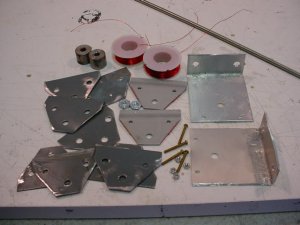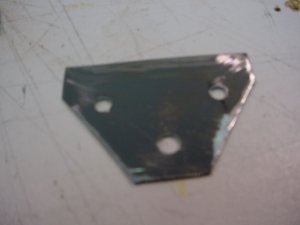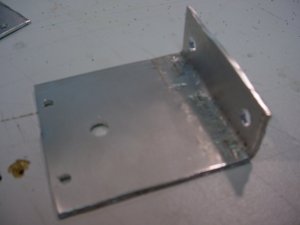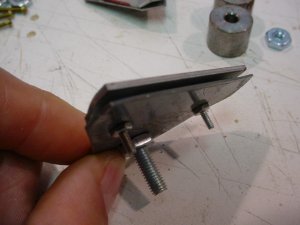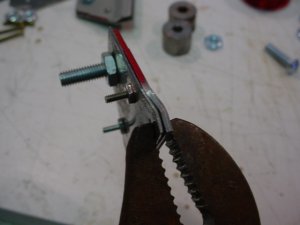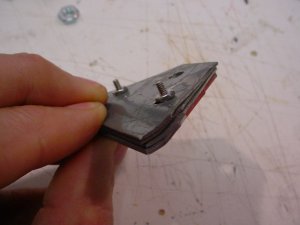BigJim, I agree that the distance between the sidepaltes may make a difference, but not sure how to test it. I made two test tracks out of some blue foam as seen it the previous photos. I put the single coil unit in one and the double coil in the other, and then ran some cars over them to see what the couplers did. Both set-ups worked the same as far as I could tell, the couplers moved plenty and uncoupled just fine. I think that either set-up is viable.
The double coil will be able to stay on longer with less fear of overheating, but at a higher monetary cost. Since I already have 5 of these built, I guess I will stick with them.
Another VERY IMPORTANT note: These magnets will also cause cars weighted with steel to move around. Even steel truck screws and the metal draft box lids on Athearn cars can be made to move if they have free-rolling trucks. Now, awhile back I also found that the permanent under-the-ties Kadee #308 can do the same thing. I took all the steel out of 90% of my rolling stock already, replacing it with lead weights or pennies, and I use brass screws for the trucks and draft box lids. On the Athearn blue boxes kits, I have been working on removing the stock draft boxes and adding Kadee draft boxes.


